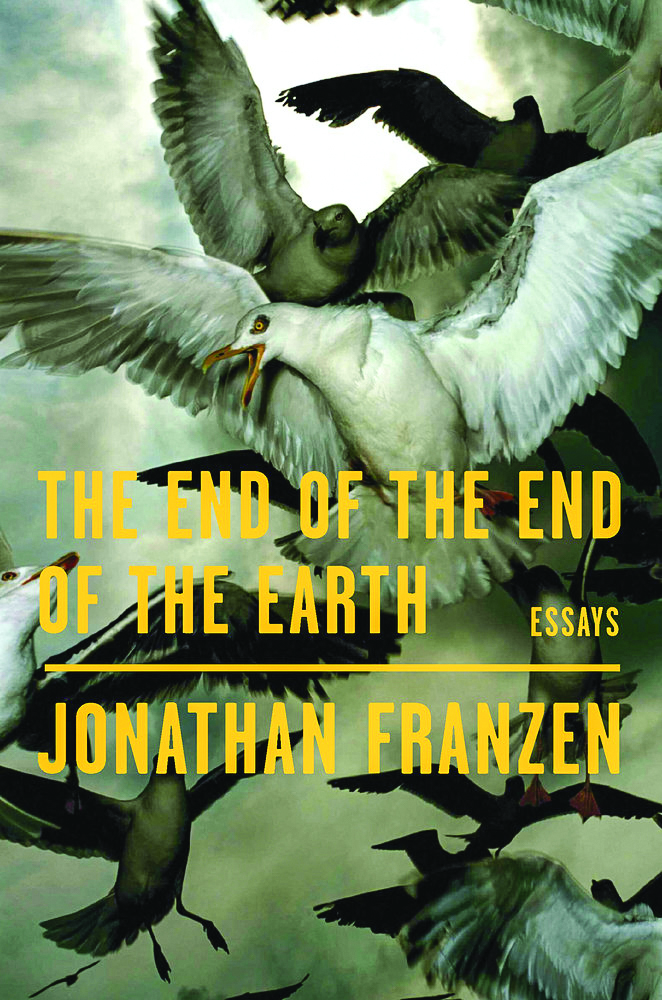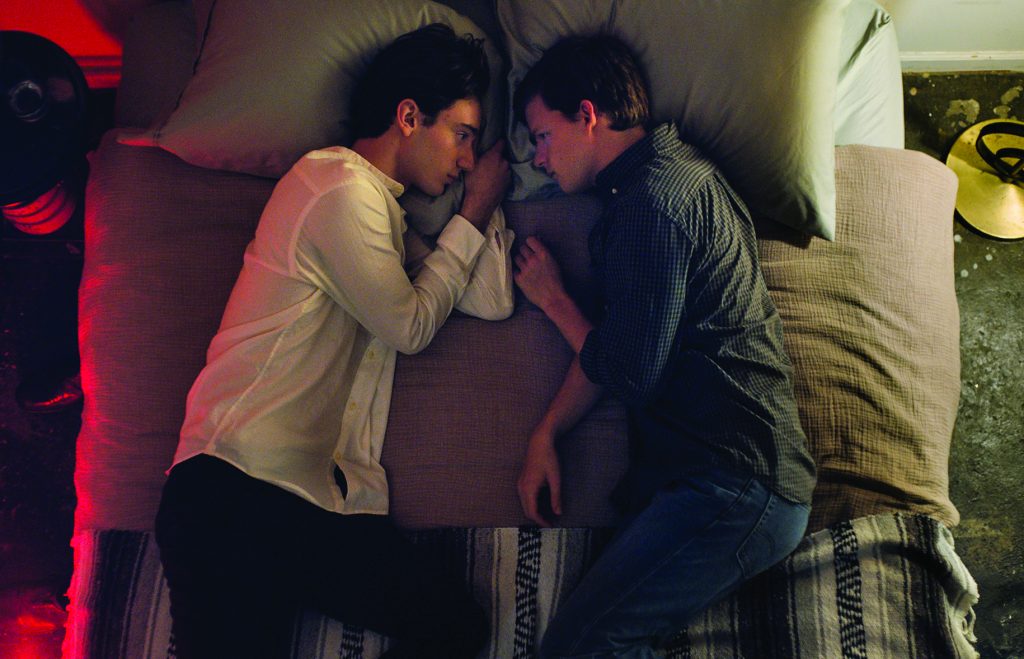
Chrys Weedon | Entertainment Editor
As I finished typing up my story about the new art wall installation on campus, I allowed myself to feel a little teaspoon of hope. It was hard to swallow because of my pessimistic tendencies and the current political climate; but somewhere in the back of my head I thought “well, this campus tends to be quiet, progressive even. I’m sure we can have a respectful, expressive conversation about this.” I guess I should’ve checked myself there.
Not long after the art wall piece came out, somebody — or a group of somebodies — spray painted anti semitic graffiti in Monmouth. Just last year was the last publicized occurrence of a hate crime. But I clung onto some bit of hope as participation with the art wall was mostly positive and rational at that point. People were having an encouraging and productive conversation about border security. Or so I thought.
One day, I checked up on the wall, as I made a habit of doing. My stomach dropped as I saw that someone had written over every piece of art with “BUILD THE WALL” in bright red paint.
Placing my own opinions aside, this “contribution” is upsetting on a basic level. Not only was this new addition vastly different from the rest of the constructive art it was now covering, it was incredibly disrespectful and counterintuitive to cover up another person’s piece. I don’t care what someone’s opinions are specifically; I care when people try to silence voices different from their own.
It got worse. The next day, while I was checking on the wall once again, I came face-to-face with one of the culprits. A man, accompanied by an armory of spray paint cans, was simply covering over everything he didn’t agree with. Thick coats of black and red paint now covered over every last piece of commentary with phrases like “MAGA,” little republican elephant symbols, and “build the wall.”
I couldn’t help but think back to the interview I had with the artist responsible for the wall, Eric Frey. He mentioned wanting to exhibit pieces of the wall in galleries after the installation is taking down on Dec.1. After witnessing the graffiti, I couldn’t start thinking about how the legacy of the wall will no longer be an open conversation, but a cortex of hate where only one voice prevails.
By the time of this article’s release, the hateful graffiti has been covered up with other graffiti from people with opposing views. Although this is less hateful graffiti, my point still stands. It’s still perpetuating the cycle of “your opinions aren’t the same as mine, so I’m going to silence them.” And the original commentary is lost forever, and the current art being displayed is still not constructive.
Constructive conversations allow room for both sides to express their opinions, without feeling unsafe or silences. There is no room in a productive conversation for hate speech.
Contact the author at cweedon16@wou.edu
Photo courtesy of Ashlynn Norton





